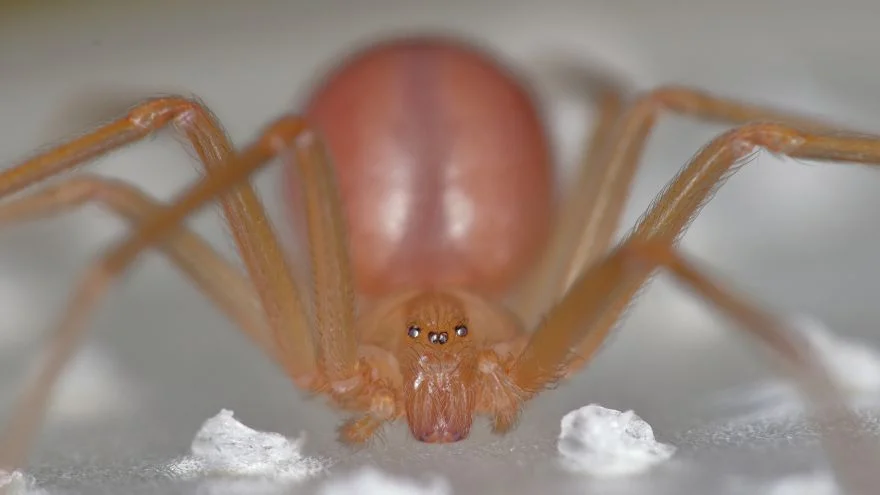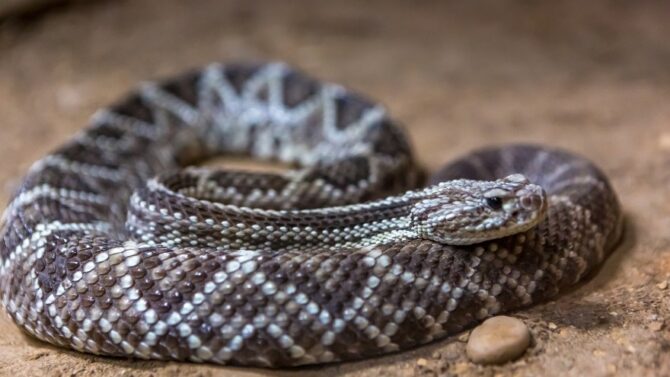Joshua Tree National Park is a stunning wilderness area located in southeastern California.
The park is named after the unique Joshua Tree, a type of yucca plant that can only be found in this region.
It is also home to a wide range of wildlife, including some of the most dangerous animals in the area.
From venomous snakes and spiders to aggressive mammals, visitors need to be aware of the potential risks posed by the most dangerous animals in Joshua Tree National Park.
In this article, we will explore the top 10 deadliest animals in the area and provide tips on how to stay safe while exploring this beautiful park.
What are the Most Dangerous Animals in Joshua Tree National Park?
Recluse Spider
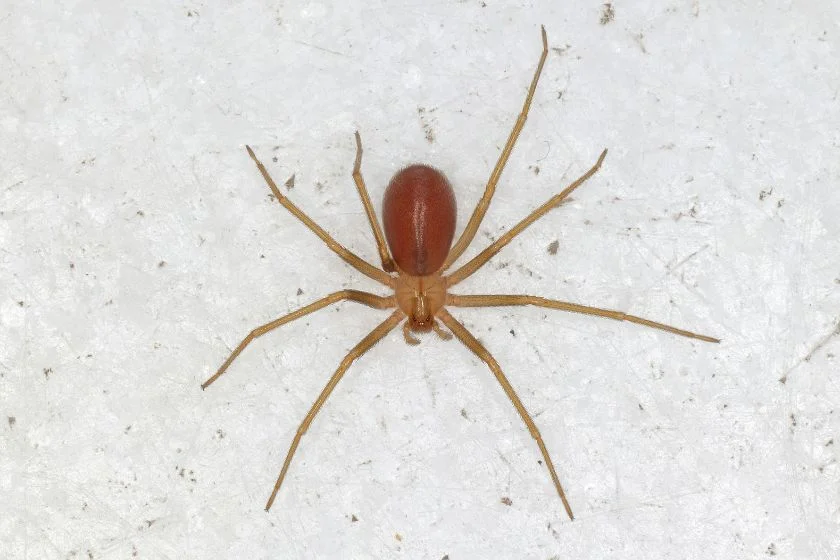
- Scientific name: Loxosceles rufescens
- Habitat: Debris, woodpiles
- Threats: Venomous spider, painful bites
The recluse spider is one of the world’s most dangerous spiders and is largely feared for its venoms.
The recluse spider delivers a tissue-destroying venom in its bites, capable of causing necrosis in humans.
The symptom produced by the note of the recluse spider produces a set of symptoms called loxoscelism, which bears similarities with other physical ailments and is often misdiagnosed.
One look at a loxoscelism sore would tell you just how extremely dangerous the recluse spider is.
However, as their name suggests, they are reclusive and avoid human contact.
This means they won’t necessarily bite when they feel threatened, which happens only when humans disrupt their home.
Black Widow Spider

- Scientific name: Latrodectus mactans
- Habitat: Woodpiles, dark areas
- Threats: Venomous, capable of causing severe muscle pain and spasms, nausea, and in rare cases, death
The black widow spider, also known as the southern black widow, is one of the most venomous spiders in the world.
Of all the spider species known to man, the black widow spider distinct itself with their black look, with a red hourglass marking.
Though the black widow spider is venomous, its bite is mostly harmless to humans, but the resulting pain is excruciating. As such, you should avoid contact with it.
This spider would avoid contact with humans despite how fierce they appear to be.
The species rarely bites and only does when they feel threatened.
Mostly, when this reclusive spider bites, humans are often at fault. Hence ensure you stay clear of its habitat.
Rattlesnakes

- Scientific name: Crotalus
- Habitat: Swamps, grassland, forests, deserts, scrub bush
- Threats: Venomous, potentially fatal bites, aggressive when threatened
Joshua National Tree Park is home to seven species of rattlesnakes, each abundant and venomous.
Sighting rattlesnakes in Joshua Tree is quite common; a thumb rule is to always stay clear of these venomous snakes.
Often, rattlesnakes would avoid human contact, its distinctive rattle at the end of their tail is usually a signal to predators to stay away and sometimes a warning for animals and humans alike.
The rattlesnake would avoid human interaction and only attack once it feels threatened.
But even though rattlesnakes hide from humans, these reptiles are the leading cause of snakebite in North America.
When rattlesnakes bite, it is often to deter humans, as they often release minimal venoms, which depend on the snake’s temperament and condition.
Mostly these bites are a result of humans not retreating after sighting them.
Even after being killed, rattlesnakes are known to reflexively release venoms and bite humans after about an hour of being dead. Hence it is best to stay clear of their paths.
Raccoons
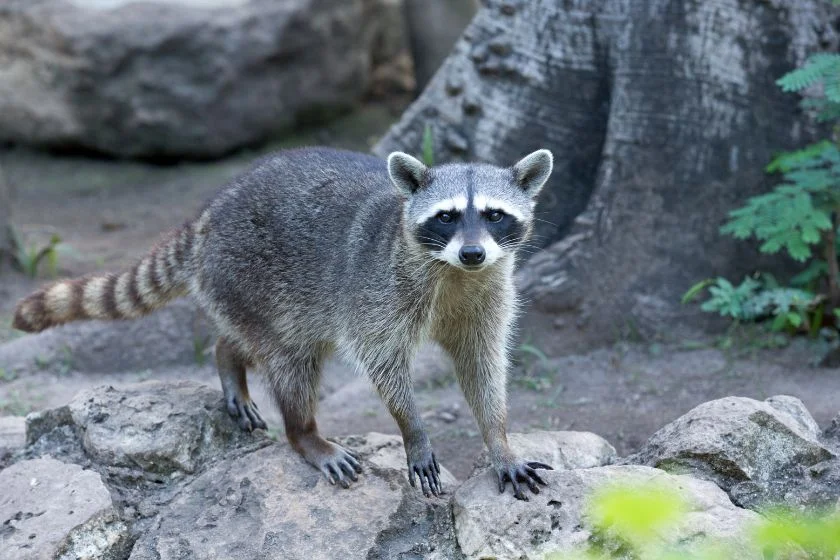
- Scientific name: Procyon lotor
- Habitat: Moist woodlands
- Threats: Can carry diseases that can be transmitted to humans, including rabies and leptospirosis
An invasive species, the raccoon, is abundant in California’s Joshua Tree National Park.
You are bound to encounter these mischievous mammals as you take in the wondrous sight of the park.
Raccoons may not seem dangerous to humans, as they would not attack.
Instead, these playful creatures may elicit your curiosity, and should you make the mistake of touching them, the result can be fatal.
The raccoon is not scary and fear-inspiring, but it is a dangerous animal you would be wise to stay clear of, as it is deadly to humans.
As cute as they may look, raccoons host lots of pathogens that trigger deadly human infections, such as rabies.
Should this animal nip you, you could contract rabies, and the result is not pleasant.
Even without nipping you, touching a raccoon could make you contract contagious infections which are deadly to humans.
Mountain Lion
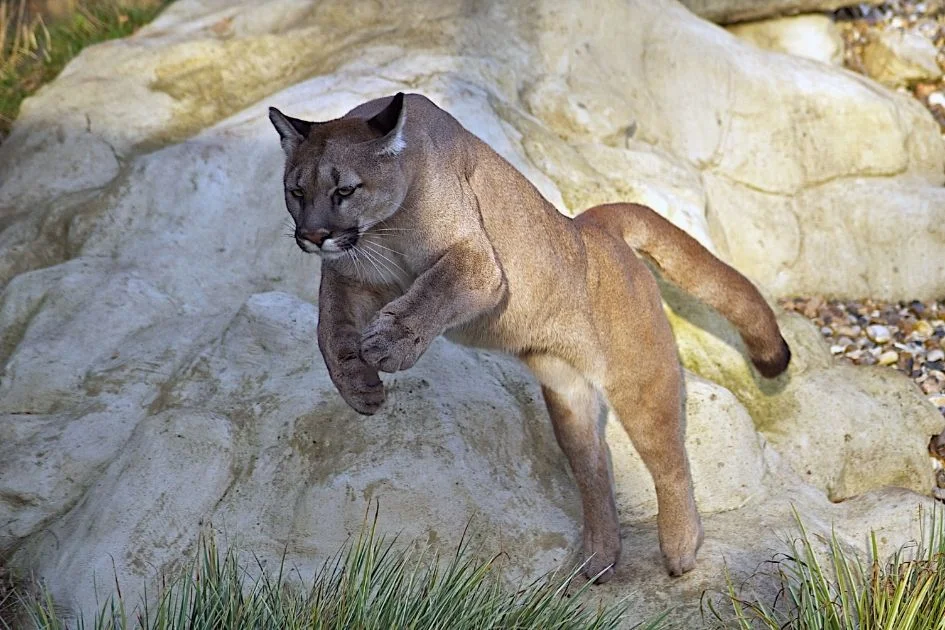
- Scientific name: Puma concolor
- Habitat: Ricky canyons, mountainous terrains, steeps
- Threats: Stealthy predators with powerful paws and jaws, can attack humans when threatened or in search of food
In all of Joshua Tree, few mammals measure up to the mountain lion, in terms of speed, fierceness, and aggressiveness.
Known to many by multiple names, such as cougars, puma, and panthers, these nocturnal creatures are excellent hunters who favor ambushing their prey.
Lurking in the shades of shrubs, a panther exercises patience before pouncing on prey.
Ordinarily, panthers would not attack humans, as they do not recognize humans as prey, but other factors could change this.
Being territorial, mountain lions will perceive humans as threats during encroachment of their territories. In such instances, they may attack.
Instances, where mountain lions would attack humans are rare as they are very reclusive and avoid human contact.
But that all changes if they perceive humans as a threat and the young ones are in danger.
Hence it is not always a good idea to stop in habitats frequented by these animals.
Coyotes
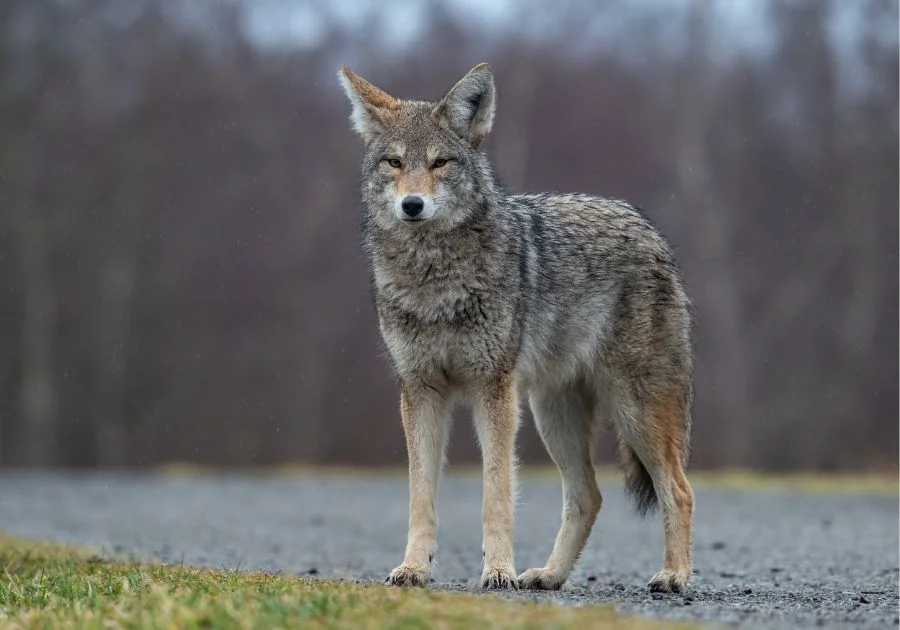
- Scientific name: Canis latrans
- Habitat: Oak savannah, woodlands, subalpine forests, temperate rainforests, deserts
- Threats: Aggressive pack hunters, potential disease carriers
Coyotes may be mischievous, but they are, in fact, smart creatures.
Often, they thrive in habitats close to human settlements, and little to no confrontation between them and humans is recorded.
The solitary nocturnal predator would back off once it comes across humans.
But in rare instances where a human encounters a pack of coyotes, these carnivores may become dangerously emboldened and would take on the time of predators.
When a pack of coyotes comes across an injured person or hindered hikers, they may attack.
Though unprovoked attacks by coyotes on humans are rare, these wild dogs, like all animals, especially carnivores, are unpredictable and react based on how they perceive things to be.
Coyotes can become incredibly aggressive when humans interfere with their pups; as such, you should lay hands off young coyotes, whether alone or not.
Joshua Tree National Park Wildlife Safety Tips
As suggested by the National Parks Services, here are safety tips to abide by when you are in the Joshua Tree National Park
- Be vigilant: As stated earlier, lots of venomous creatures live in Joshua Tree, so while you hike through the park, caution should be exercised. As you take each step, look out that you do not step on any of such creatures, who may not seem visible at first.
- Do not feed wildlife: Food attracts wildlife, including dangerous and venomous animals. This also poses significant health risks to the animals. Hence for your safety, as well as that of the animals in Joshua Tree, do not feed wildlife. Goods should also be stored in hard-sided containers to prevent attracting coyotes and ravens.
- Do not hike alone: As you take in the wonderful scenery of Joshua Tree, resist every temptation to venture further into the park alone. Always go with a family friend or group of other hikers, and inform your family and friends of your return time and your planned hiking route.
Conclusion
Visiting Joshua Tree is indeed a memorable experience, as the beautiful sight of nature is one that rarely would be forgotten.
However, the euphoria of visiting the park can soon be replaced by misery and pain, should you avoid adhering to wildlife safety guidelines and avoid the dangerous animals in Joshua Tree National Park.
Up Next
- Man-Eaters: Top 15 Deadly Animals That Eat Humans
- 15 Most Dangerous Animals In The United States
- 20 Best Zoos in California (Popular Wildlife Attractions)
